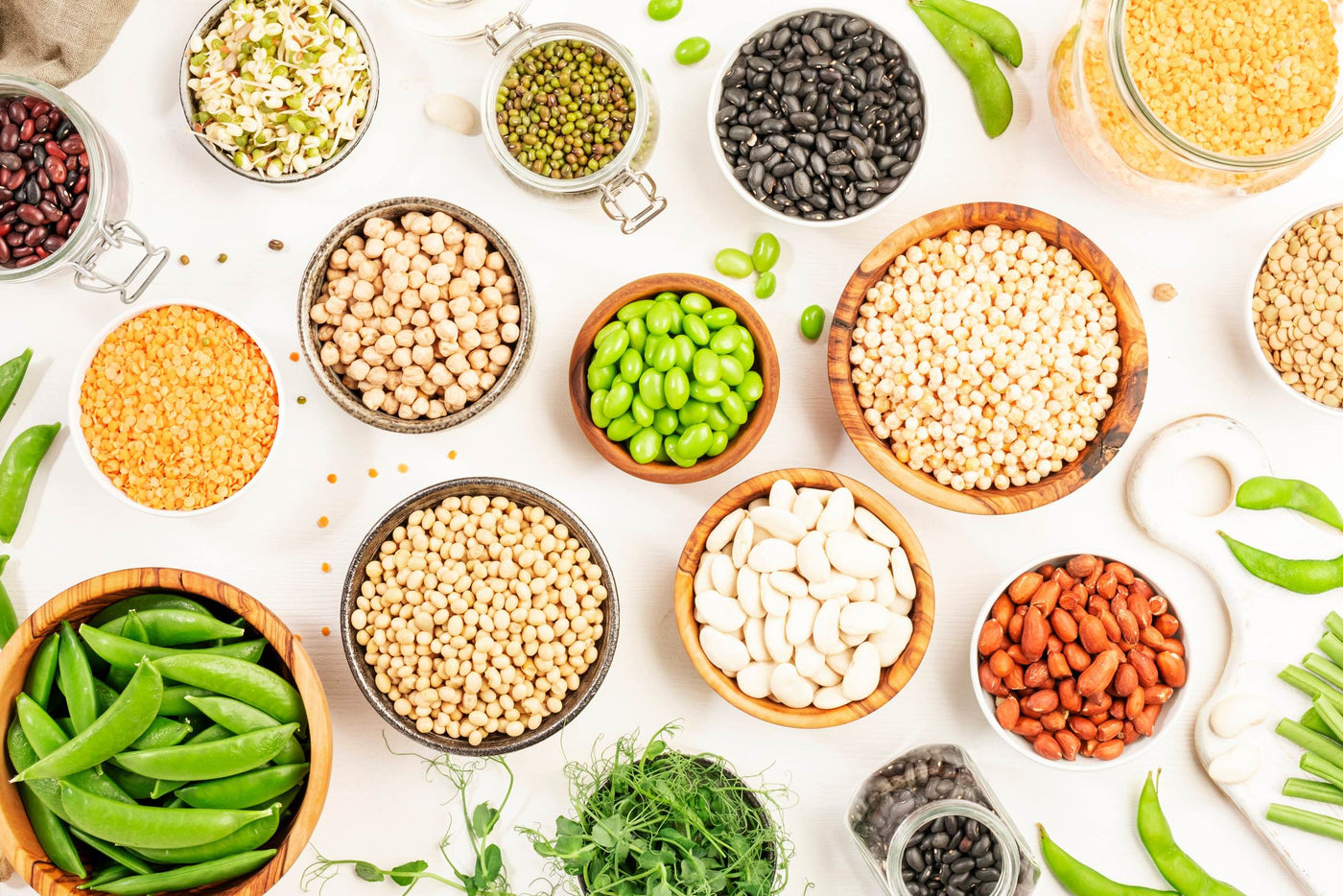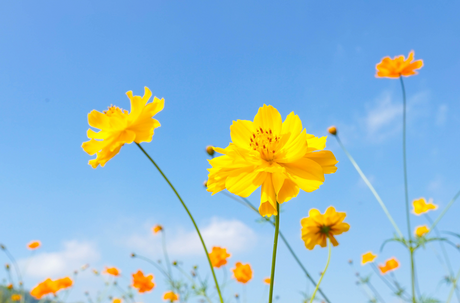By Best Selling - View All Products
(393 products)
- Featured
- Best selling
- Alphabetically, A-Z
- Alphabetically, Z-A
- Price, low to high
- Price, high to low
- Date, old to new
- Date, new to old
View as
FiltersFilter & Sort
No products found
🌱 Featured Seed Types (A - Z)
View allcontinue shopping

































































